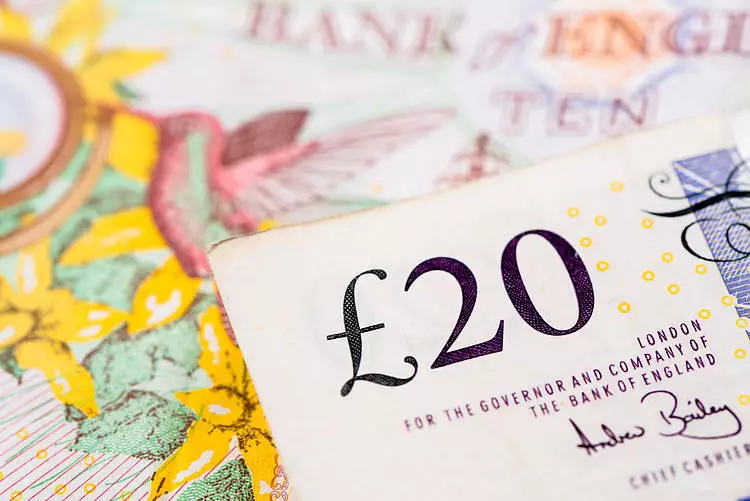The financial landscape has been abuzz as the Pound Sterling (GBP) makes noticeable strides against the US Dollar (USD), particularly as the US gears up for its electoral process. This period generally stirs anticipation among investors, not only for political outcomes but for possible shifts in fiscal and monetary policies. Currently, both the Federal Reserve (Fed) and the Bank of England (BoE) are under scrutiny, with expectations hinting at a 25 basis points reduction in interest rates during their upcoming meetings. Such moves would mark an important juncture in monetary policy, potentially altering the dynamics of the currency market.
The trajectory of the GBP has remained relatively steady against its major competitors, with keen attention devoted to the anticipated deliberations at the BoE on Thursday. Analysts forecast that the interest rate could dip down to 4.75%, constituting the second cut of the year. This projected easing is indicative of a broader shift in monetary policy approach, where seven members of the Monetary Policy Committee (MPC) are likely to endorse further rate reductions, while only two may advocate for maintaining the current levels.
A pivotal player in the forthcoming BoE meeting is external member Catherine Mann, who is expected to dissent in favor of maintaining interest rates. Known for her hawkish perspective, Mann recently expressed her concerns regarding inflation at a panel held during the International Monetary Fund (IMF) meetings. She underscored the necessity for a more pronounced slowdown to effectively align with the BoE’s 2% inflation target, highlighting the challenges posed by persistent service sector inflation. Mann’s caution against premature rate cuts captures the essence of the broader economic conversation taking place within the BoE.
In addition to interest rate deliberations, the recent Autumn Forecast Statement by UK Chancellor of the Exchequer, Rachel Reeves, will likely weigh heavily on discussions. Following the budget reveal, the Office for Business Responsibility (OBR) asserted that the fiscal measures introduced are pro-growth, albeit with inflationary tendencies. This multifaceted backdrop is critical for investors trying to decode the future stance of the BoE, as fiscal and monetary interactions become increasingly complex and intertwined.
As the Pound Sterling makes minor appreciations against the USD, trading positions such as the GBP/USD pair have garnered significant attention. Recently reported figures indicate that the Pound is hovering just below the 1.2980 mark against the Dollar, marking a period of consolidation. Reminiscent of previous trading sessions, the British currency is navigating a bearish short-term trajectory while remaining anchored above the 200-day Exponential Moving Average (EMA), estimated at around 1.2850.
The importance of the 50-day EMA at 1.3060 cannot be overstated, as this level serves as a strong resistance point. Current patterns suggest that should the GBP/USD pair breach this lower boundary of the rising channel, further declines could be imminent. Investor sentiment appears cautiously optimistic, as noted by the 14-day Relative Strength Index (RSI) remaining above the neutral 40.00 mark, suggesting some buying interest at lower price levels. This technical outlook illustrates the mixed signals faced by traders navigating blustery economic waters.
Both the Fed and the BoE play crucial roles in the broader tapestry of global monetary policy, influencing not just their own currency valuations but also the economic health of surrounding regions. The Federal Reserve’s dual mandate—maintaining inflation at 2% and ensuring maximum employment—highlights the delicate balancing act it must perform while setting interest rates. An increase in rates tends to bolster the USD, attracting capital inflows that fortify its value, while cuts can lead to capital outflows as investors seek better returns elsewhere.
Attention will now shift to how these institutions articulate their policies, particularly in the dual context of interest rate decisions and their forward-looking guidance. Market players will keenly assess whether the forthcoming Fed announcements signal a hawkish or dovish outlook, as this will set the tone for investor sentiment moving forward.
As the economic landscape evolves, the interactions between fiscal policy and the currency markets will prove pivotal. With looming interest rate cuts from both the BoE and the Fed, the Pound Sterling is positioned delicately, navigating through a mix of macroeconomic influences and last-minute political developments. Investors remain on high alert, watching for signals from these central banks that could impact the trajectory of not just the GBP, but the global economic framework as a whole. The interplay of domestic policies and international sentiment will ultimately shape the future of currency pricing, underscoring the inherent volatility and uncertainty characterizing today’s markets.

